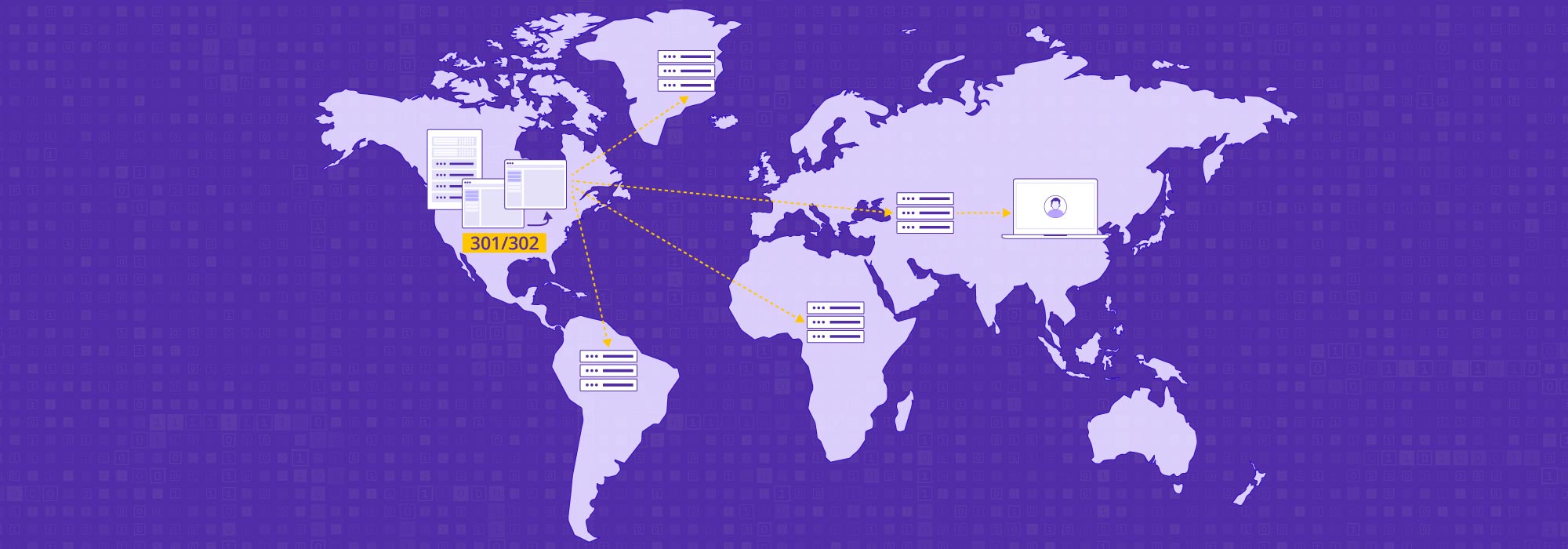Customers have incredible power at their fingertips. Whether those fingers are typing on a keyboard or holding a mobile phone, consumers have the ability to make empowered decisions on what, where, and how they are going to make purchases. With each passing day, it becomes increasingly important for businesses to create a positive customer experience across the buying journey.
Improving customer experience takes an end-to-end examination of how a customer interacts with a company. There’s no doubt it is a complicated and connected process. For ecommerce businesses, especially, developing a human experience that’s engaging, informative and customer-centric in a virtual marketplace is a challenge.
It involves creating a website that answers customer’s questions and provides outstanding service. It’s also about developing a community on multiple marketing channels in order to build customer loyalty.
As important as content and design are to customer experience, the infrastructure on which a website is built is just as essential. Millions of dollars spent on the most customer-centric website can be for naught if a critical application or website fails, or suffers a data breach. Even slow site performance can eat away at potential revenue. Furthermore, studies have found a strong correlation between a slow performing website and the customer’s perception of security.
Let’s look at some telling statistics to show how application performance and security can impact customer experience in both positive and negative ways.
The Positive
- 40 percent of users expect the same fast-loading site experience on mobile and laptop/desktop.
- 52 percent of online shoppers say that quick page loading is important to their site loyalty.
- A site load time reduction from 15 seconds to 7 seconds could increase conversions by 3 percent.
- 52 percent of customers rank performance as the number 1 expectation of a website experience.
- 86 percent of U.S. adults will pay more for a better customer experience.
The Negative
- 33 percent will leave a website to buy from a competitor if the site loaded too slowly.
- 78 percent of consumers worry about brand security when site performance is sluggish.
- 69 percent of customers have left a site due to security concerns.
- 67 percent do not trust websites that take too long to load.
- 34 percent hesitate to buy onlinebecause of data threats.
- Google is now tagging websites “slow to load” on mobile search results.
- Millions: Neiman Marcus lost out on millions of dollars in sales when their website crashed during the Black Friday 2015.
Final Thoughts
As more businesses move to a cloud environment, there are persistent concerns by IT professionals and executives over security and availability – two hallmarks of a positive customer experience. Likewise, these are concerns shared by customers. Ensuring uptime and security needs to be thoughtfully considered in order to provide the best quality product and service.
Enterprises and SMBs should also consider optimizing the applications used regularly by employees to service customers. Without high-performance applications, employees will become as frustrated as customers at the inability to provide the best service.
In many cases, a cloud infrastructure provides the necessary flexibility and scalability ecommerce businesses need. Partnering with a cloud-based content delivery network can improve site speeds and application performance on a global scale.
Customer experience isn’t just a buzzword for 2016, it’s a reflection of shifting priorities and an increasingly powerful consumer. Investing in site performance – something that’s a part of all customer interactions with a website – can reap dividends throughout the customer journey.


